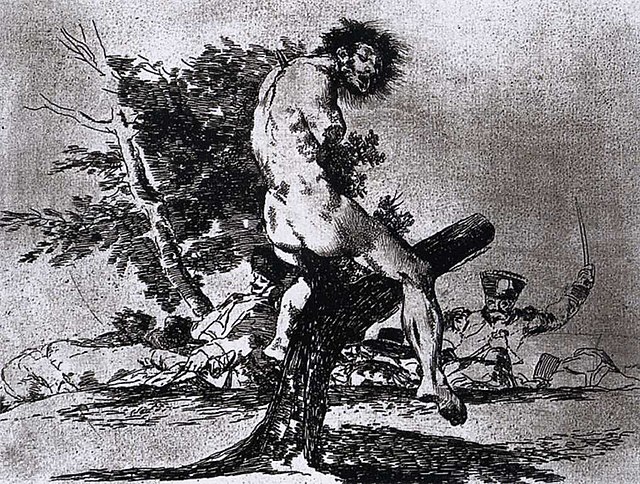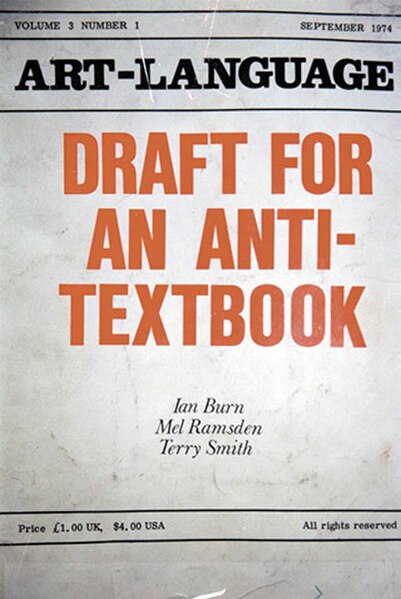Art intervention is an interaction with a previously existing artwork, audience, venue/space or situation. It is in the category of conceptual art and is commonly a form of performance art. It is associated with Letterist International, Situationist International, Viennese Actionists, the Dada movement and Neo-Dadaists. More latterly, intervention art has delivered Guerrilla art, street art plus the Stuckists have made extensive use of it to affect perceptions of artworks they oppose and as a protest against existing interventions.
"Cloudburst of material possessions" Leonardo Da Vinci with the inscription – "Oh human misery, how many things you must serve for money" Royal Collection.
"This is worse" 1812–15 etchings of war published after Goya's death
Construction drawing - La Restinga II, El Hierro, 1983
Photo of "Banksy" art in Brick Lane, East End. 2004.
Conceptual art, also referred to as conceptualism, is art in which the concept(s) or idea(s) involved in the work are prioritized equally to or more than traditional aesthetic, technical, and material concerns. Some works of conceptual art may be constructed by anyone simply by following a set of written instructions. This method was fundamental to American artist Sol LeWitt's definition of conceptual art, one of the first to appear in print:In conceptual art the idea or concept is the most important aspect of the work. When an artist uses a conceptual form of art, it means that all of the planning and decisions are made beforehand and the execution is a perfunctory affair. The idea becomes a machine that makes the art.
Detail, Memorial for the Victims of Nazi Military Justice by monumental sculptor Olaf Nicolai, Ballhausplatz, Vienna
Marcel Duchamp, Fountain, 1917. Photograph by Alfred Stieglitz
Art & Language, Art-Language Vol. 3 Nr. 1, 1974
Lawrence Weiner. Bits & Pieces Put Together to Present a Semblance of a Whole, The Walker Art Center, Minneapolis, 2005.








